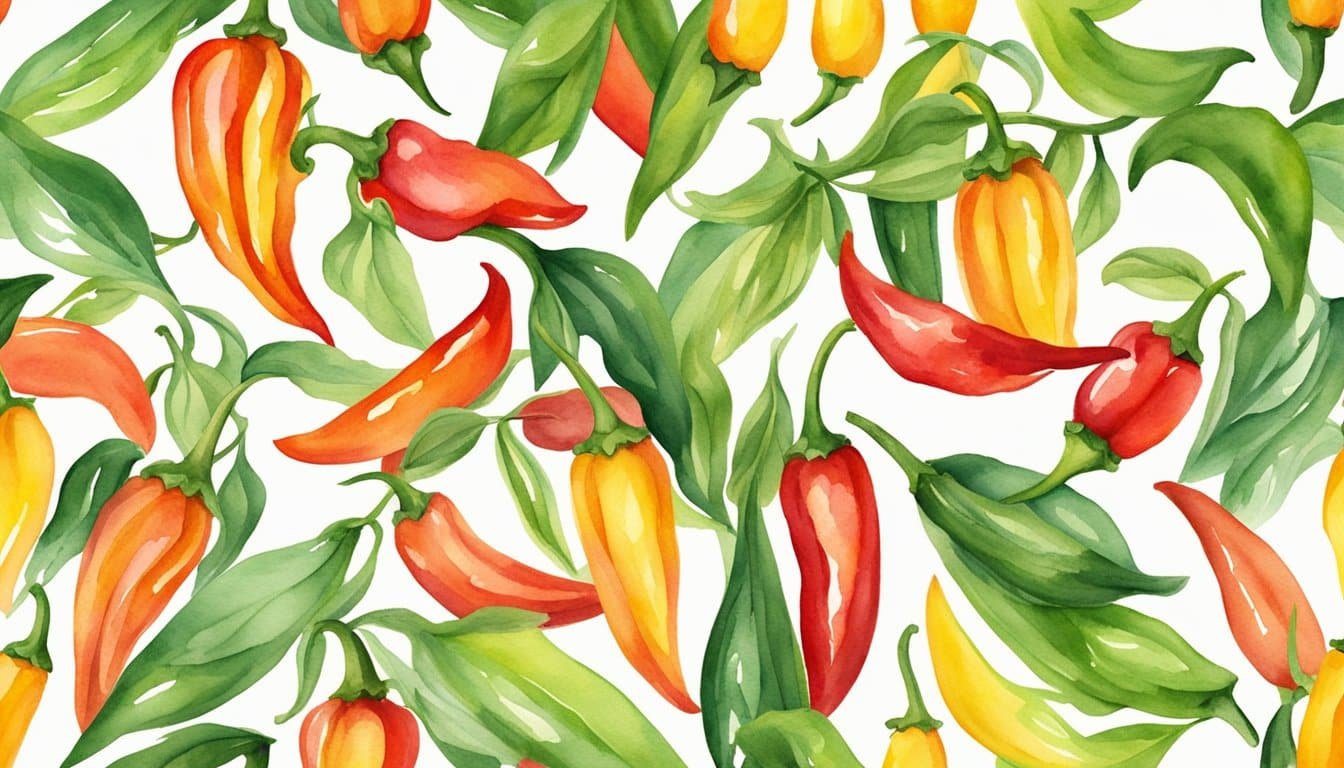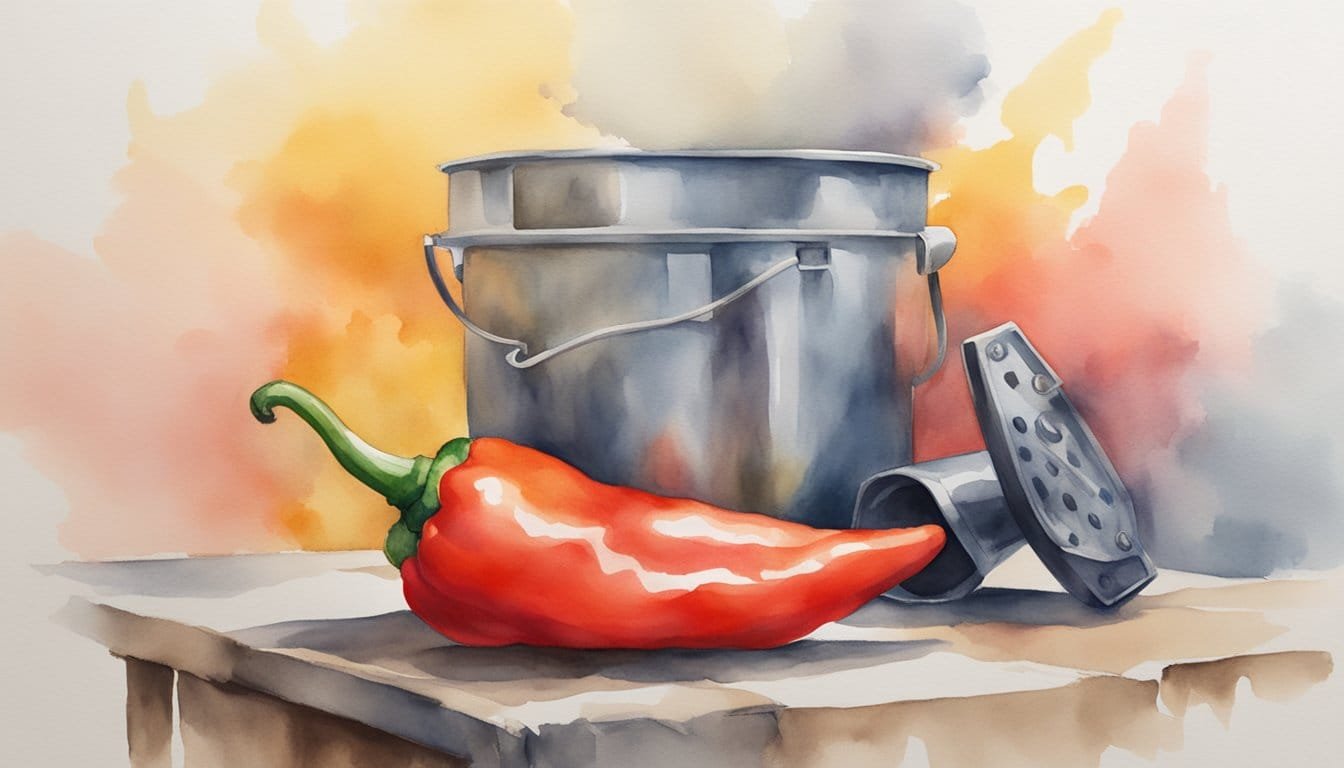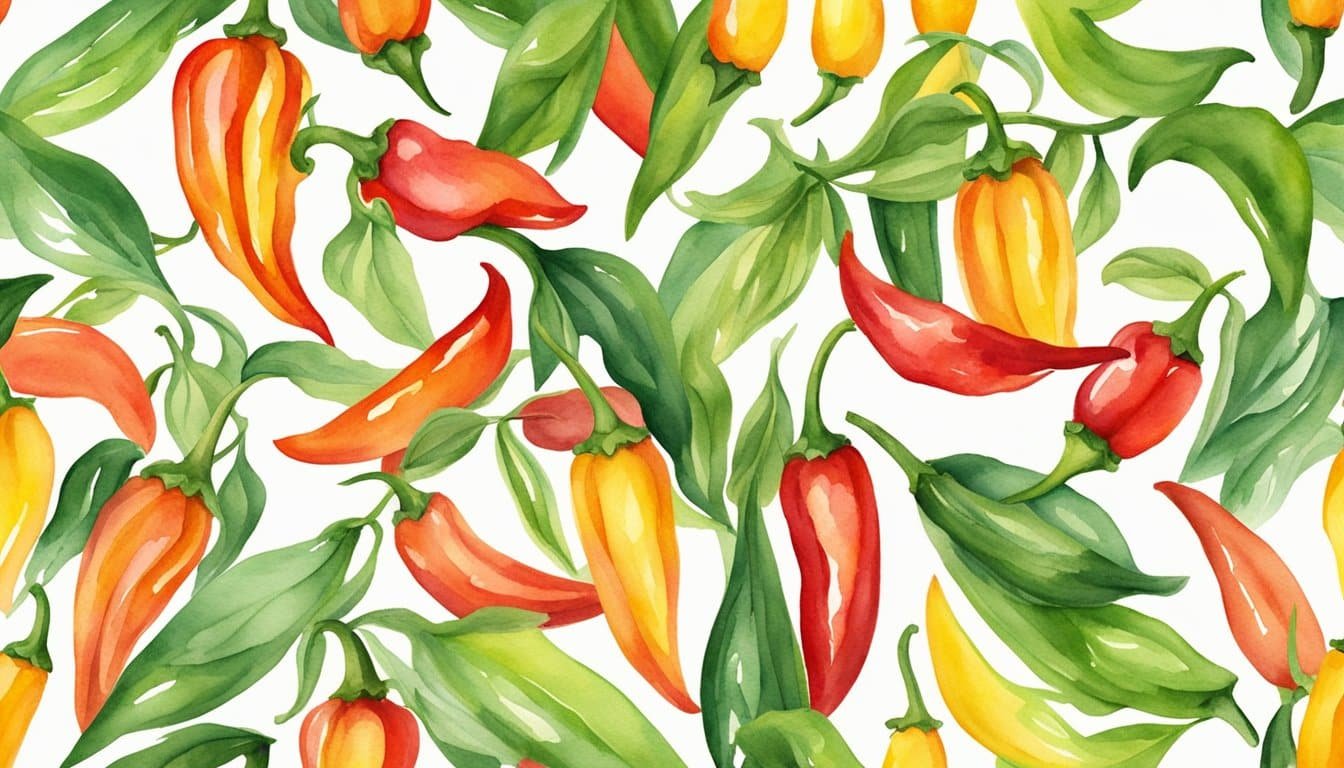Hottest Pepper in the World
The quest for the title of the hottest pepper in the world is a fiery competition closely monitored by spicy food enthusiasts and experts alike. Advances in cultivation and breeding have led to the creation of pepper varieties that push the boundaries of the Scoville scale, a measure of spiciness.
History and Record Holders
The Guinness World Records has chronicled the evolution of the world’s hottest peppers. Previously, the renowned Ghost Pepper was once the record holder for heat. It was then overtaken by the Trinidad Moruga Scorpion, and subsequently by the Carolina Reaper, bred by Ed Currie of the PuckerButt Pepper Company, which has been rated as high as 2.2 million Scoville Heat Units (SHU). Fresh contenders like Pepper X and Dragon's Breath have been rumored to surpass the heat level of the Carolina Reaper.
Chemistry of Heat
The scorching sensation of chili peppers is due to capsaicinoids, primarily capsaicin. These compounds are concentrated in the placenta, the internal part of the pepper where the seeds are attached. The Scoville scale quantifies the spiciness through SHU by determining the concentration of these capsaicinoids. Higher amounts result in higher Scoville ratings and hotter peppers.
Growing and Cultivation
The cultivation of the world’s hottest peppers is both an art and a science, perfected by growers like those at South Carolina’s PuckerButt Pepper Co. and others across Michigan and other chili-loving states. These peppers, like the 7 Pot Douglah or the Naga Viper, often stem from crossbreeding and hybrids, creating a diverse range of spicy candidates each year. The peppers are grown in controlled environments to maximize their heat, which involves careful attention to soil, temperature, and often hydroponic systems.
Cultural Impact and Uses

When considering the world’s hottest peppers, their cultural impact and usage stretch far beyond a simple culinary component. They spark competitive events, infuse flavors into a wide range of sauces, and capture widespread media attention.
Competitions and Challenges
The sheer heat of the world’s spiciest peppers, often measured in Scoville Heat Units (SHU), inspires numerous competitions and challenges. Individuals attempt to conquer the burn, with events like Pepper X eating contests, where competitors face the fiery bite of one of the world’s hottest peppers. Hosts like Sean Evans of the YouTube series “Hot Ones” have brought such challenges into the digital media spotlight, where celebrities attempting to maintain composure while eating progressively spicier wings has garnered millions of views.
Culinary Use and Sauces
In the culinary world, the use of these peppers extends to a spectrum of hot sauces and dishes. Hot sauce enthusiasts, often referred to as pepperheads, incorporate varieties like the habanero and jalapeño to achieve a desired level of spiciness. Hot sauces, featuring these peppers, are a staple in many cultural cuisines, delivering heat and depth to flavors in both traditional and innovative recipes.
Media and Popularity
The popularity of the world’s hottest peppers extends into various media outlets. News agencies like the Associated Press and Maxim often cover stories related to new record-breaking chilies. These peppers also represent a natural high for some, as the body releases endorphins in response to the chili burn. As a result, spicy foods featuring these hot peppers enjoy a prominent place in both niche foodie culture and mainstream media. Lawyers have even been known to advise on waivers for those participating in extreme spice challenges, highlighting the risks associated with their powerful capsaicin content.
Scientific and Health Perspectives

Exploring the hottest peppers takes a journey through the incendiary landscape of Scoville ratings, groundbreaking medical research, and sophisticated genetics. Peppers push boundaries not only on the Scoville scale, but also in health studies and biotechnology.
Scoville Scale and Measurement
The heat of a chili pepper is quantified using the Scoville Scale, a heat measurement proposed by Wilbur Scoville in 1912. This scale rates the heat of peppers in Scoville Heat Units (SHU). For instance, Pepper X, said to be one of the hottest peppers developed by Ed Currie of the Puckerbutt Pepper Company, claims an impressive SHU that reaches over 3 million units. As varieties are continually crossbred for heat, the title of “world’s hottest” is a constant and heated contest with contenders regularly being dethroned.
- Capsaicin, the active component causing the burn, is concentrated in the curves and ridges of the chili’s inner walls.
Medical and Health Research
Various compounds in peppers, like capsaicinoids, are studied for their health benefits. Research conducted at institutions including Winthrop University indicates that capsaicin has various therapeutic properties, which might offer a natural high and increase pain tolerance. Those who enjoy spicy foods may also develop a higher tolerance to the burn over time. Hot peppers don’t just excite adventurous eaters; they are also intriguing subjects for scientific inquiry into potential medical applications.
- Regular consumption of capsaicin has been linked to health benefits that may curve certain ailments.
Breeding and Genetics
Crossbreeding and genetics spearheaded by experts at New Mexico State University have shed light on the complex nature of pepper heat and flavor. By creating hybrids, horticulturists aim to develop peppers that maximize heat, flavor, and potential health benefits. Constant research leads to varieties with new heat records and increased concentrations of beneficial compounds, turning up the heat on what it means to be the hottest pepper.
- The intricate genetics behind these spicy foods are as convoluted as the numerous curves and ridges found on the world’s hottest peppers.
Discovering the science behind the world’s hottest peppers reveals complex layers, from the Scoville Scale to health research and the breeding programs behind these fiery fruits. Each aspect plays a vital role in understanding the full picture of this spicy subject.

